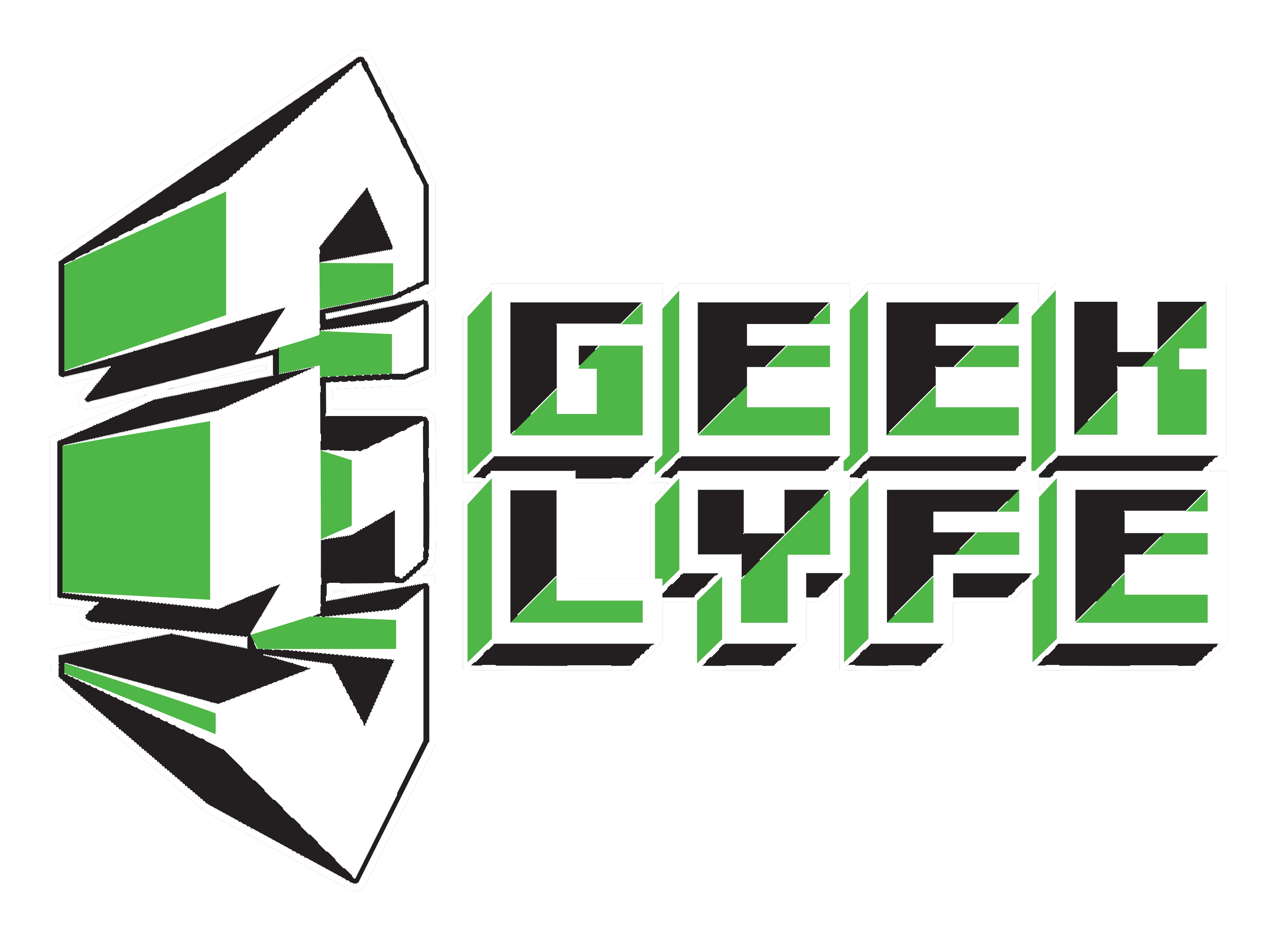How To Run Horror in D&D Without Ruining the Fun

Horror and Dungeons & Dragons might sound like an odd pairing at first. D&D is often about heroic fantasy—dragons, shining armor, and daring quests. But when done right, horror at the table doesn’t just scare your players; it makes them feel. It transforms the familiar into something unpredictable, dangerous, and deeply memorable.
Yet horror in tabletop RPGs is a delicate balance. Push too far and it stops being fun. Pull your punches and it’s not scary at all. Here’s how to create that perfect balance between spine-tingling dread and thrilling adventure—without crossing lines or losing your players in the process.
1. Establish Consent and Comfort First
Before you start describing flickering candles and whispers in the dark, have a session zero. Horror is personal—what one player finds spooky, another might find genuinely distressing.
-
Use tools like the Lines and Veils system or X-card for boundaries.
-
Ask players what kind of horror they enjoy: psychological? body horror? gothic suspense?
-
Reassure them that it’s okay to step away or ask for tone adjustments mid-session.
By opening this conversation early, you earn their trust. Once they know you’re not out to shock or upset them, they’ll feel safer leaning into the fear.
2. Pacing Is Everything
Good horror breathes. It thrives in quiet moments where imagination fills the space.
-
Build tension with pauses, slow reveals, and ambiguity.
-
Alternate dread and relief—let them laugh, loot, or rest before turning the screws again.
-
Think of your session like a heartbeat: tension rises, releases, and rises again.
Use pacing to let your players enjoy the rollercoaster, not just the drop.
3. Describe the Unsettling, Not the Grotesque
Horror in D&D doesn’t need to rely on gore to be effective. Focus on mood, detail, and atmosphere instead.
“You find claw marks across the wooden door. Deep… but uneven, like something wasn’t sure if it wanted to come in—or keep something in.”
That sentence invites curiosity and tension without discomfort.
-
Use the senses—sound and smell are powerful.
-
Describe things as slightly wrong: shadows that linger too long, voices that echo in strange ways, familiar faces that don’t blink.
This approach sparks imagination instead of revulsion. Players stay engaged because their minds fill in the horror.
4. Give Players Power—Even in the Dark
A mistake many GMs make is stripping away player agency to heighten fear. It works once or twice, but quickly becomes frustrating.
Instead:
-
Let players investigate the horror. Give clues they can chase.
-
Allow their decisions to influence the danger. Every choice should feel like it matters.
-
When possible, give them tools or rituals that might protect them—but never total safety.
Empowered players are invested players. The tension hits harder when they’re fighting to maintain control instead of watching helplessly.
5. Play with Expectations
Nothing kills horror faster than predictability. If players always expect the vampire in the castle, move it to the inn. If they assume the monster attacks at midnight, strike at noon.
Subvert tropes carefully:
-
Let a friendly NPC suddenly behave too normally.
-
Reveal that the “haunting” is caused by the party’s own past actions.
-
Make the safe places unsafe—but only occasionally.
Twists keep players guessing, and guessing means tension.
6. Use Fear as an Emotional Tool, Not Punishment
Horror should make players feel uneasy, not feel punished.
Avoid excessive character loss, permanent trauma, or “gotcha” moments that erase progress. Instead, focus on emotional consequences:
-
A survivor wracked with guilt.
-
A cursed item that whispers their name at night.
-
Dreams that blur into waking visions.
These make the horror personal and narratively rich without derailing fun.
7. Reward Bravery and Curiosity
In heroic fantasy, courage means facing the dragon. In horror, courage means opening the door even when you really shouldn’t.
When players engage with the scary parts, reward them with:
-
Narrative progress (discovering the mystery).
-
Unique rewards (boons, secrets, temporary powers).
-
Respect from NPCs or factions who fear what they faced.
This encourages immersion and reinforces the thrill of facing fear together.
8. Use the Setting as a Character
In horror, the world itself should feel alive—and maybe hungry.
Describe the environment reacting to the players:
-
Footsteps that echo after they stop moving.
-
Candles that flicker toward whispers.
-
A fog that seems to breathe.
Whether it’s Barovia, a cursed asylum, or a corrupted forest, the setting should always remind players they’re not in control.
9. Always End with Hope (Even if It’s Fragile)
True horror isn’t about total despair—it’s about the struggle against it. Let your players make a difference.
-
Maybe they banish the ghost, even if the village still feels haunted.
-
Maybe they destroy the monster but carry its curse.
-
Maybe they simply survive—and that’s victory enough.
Give them a light in the darkness, however small. It makes the fear meaningful.
Final Thoughts
Running horror in D&D isn’t about scaring your players to death—it’s about creating emotional contrast. Fear makes courage feel real, loss makes triumph sweeter, and tension makes laughter all the more rewarding.
If you build trust, control your pacing, and remember that your players are there to have fun together, you’ll find that horror can elevate your campaigns into something unforgettable.
So light the candles. Lower your voice. And let the darkness in—just enough to make the table lean forward and whisper:
“Do you hear that?”
Are you a fan of cosmic dread, creeping unease, and desperate heroism? Looking for a Game Master who can bring cinematic horror to life while keeping the table safe, exciting, and unforgettable?
I’m DeAngelo Murillo, an award-nominated Game Master and horror storyteller with years of experience running terrifying, character-driven campaigns for both newcomers and veterans. From gothic mansions to haunted towns, I specialize in blending storytelling, atmosphere, and player agency so every scream, laugh, and victory feels earned.
Whether it’s D&D 5E, Call of Cthulhu, or Hunter: The Reckoning, my sessions are built on:
-
🎭 Deep, roleplay-rich narratives
-
💀 Creeping, cinematic horror — never just shock for shock’s sake
-
🛡️ Clear safety tools and boundaries so everyone has fun
-
🧩 Challenging mysteries and player-driven choices
Step into the unknown. Bring your courage, your dice, and your curiosity — I’ll bring the nightmares.
👉 Join my next game on StartPlaying Games:
https://startplaying.games/gm/thatdeangelo
Chicano | Fighting/Writing for Diversity | DM since 08 | Anime Lover | Site: https://www.thegeeklyfe.com | info@thegeeklyfe.com | http://twitch.tv/that_deangelo | https://linktr.ee/deangelomurillo




